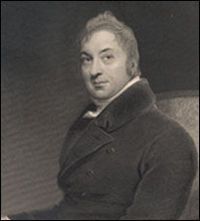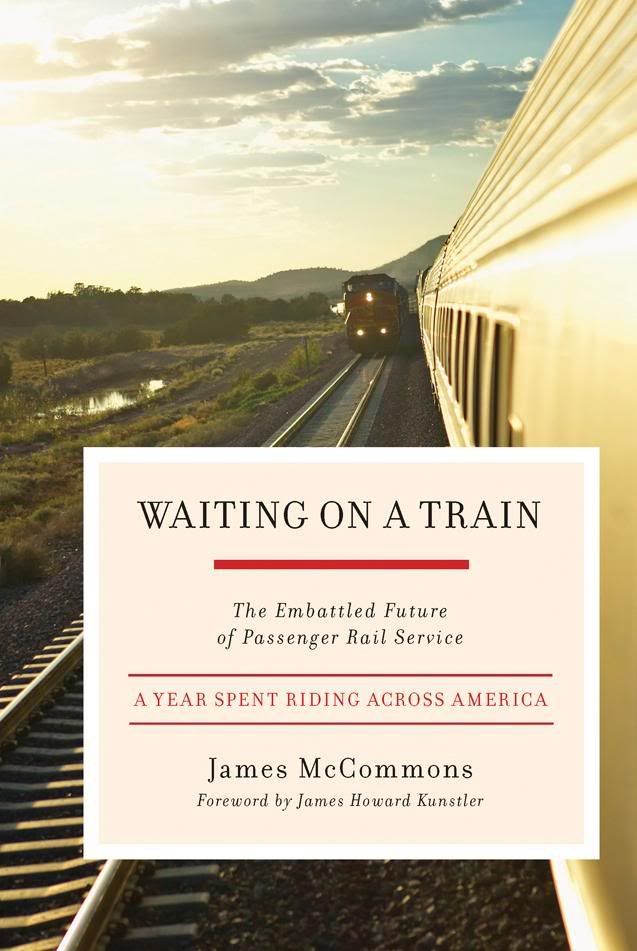“Punting the Pundits” is an Open Thread. It is a selection of editorials and opinions from around the news medium and the internet blogs. The intent is to provide a forum for your reactions and opinions, not just to the opinions presented, but to what ever you find important.
Thanks to ek hornbeck, click on the link and you can access all the past “Punting the Pundits”.
Follow us on Twitter @StarsHollowGzt
New York Times Editorial: Backward on Domestic Violence
In an all-too-rare show of bipartisanship, 15 Senate Republicans joined with the Democratic majority last month to reauthorize the Violence Against Women Act, the landmark 1994 law that is key to efforts against domestic violence, sexual assault and stalking.
Unfortunately, the lopsided 68-to-31 Senate vote halted G.O.P. opponents only temporarily. The House Judiciary Committee last week approved its version of the reauthorization bill, which not only omits improvements the Senate bill made to the law but also removes existing protections for immigrant women, putting them at greater risk of domestic and sexual abuse.
Paul Krugman: Why We Regulate
One of the characters in the classic 1939 film “Stagecoach” is a banker named Gatewood who lectures his captive audience on the evils of big government, especially bank regulation – “As if we bankers don’t know how to run our own banks!” he exclaims. As the film progresses, we learn that Gatewood is in fact skipping town with a satchel full of embezzled cash.
As far as we know, Jamie Dimon, the chairman and C.E.O. of JPMorgan Chase, isn’t planning anything similar. He has, however, been fond of giving Gatewood-like speeches about how he and his colleagues know what they’re doing, and don’t need the government looking over their shoulders. So there’s a large heap of poetic justice – and a major policy lesson – in JPMorgan’s shock announcement that it somehow managed to lose $2 billion in a failed bit of financial wheeling-dealing.
Student loan debt slavery is even worse than you probably thought. The Grey Lady tonight has a long, informative story, “A Generation Hobbled by the Soaring Cost of College“, that early on presents the stunning tidbit that 94% of the recipients of bachelor’s degrees borrowed in order to pay for it. The Times doesn’t report what average debt levels are in this cohort, but the average across all borrowers, per the New York Fed, is $23,000. Remember, this total includes graduates who have have been paying down debt, meaning they’ve amortized principal and almost certainly had borrowed less on average to complete school.
Contrast this “certain to be higher on average than $23,000″ for new graduates with their earning power, or more accurately, lack thereof. The Times article also mentions a Rutgers survey which seems to have some sample bias or underreporting of borrowing (of 2006-2011 graduates, only 55% of the respondents said they had borrowed to help fund college, and the median reported debt level was $20,000). The 2009-2011 graduates’ income averaged $27,000. In addition, only half said that their job required a college degree.
Robert Kuttner: Fiscal Futility
On Wednesday, the Peter G. Peterson Foundation will hold its third annual fiscal summit. We need this event like we need a mass outbreak of sado-masochism. [..]
At Tuesday’s summit, Bill Clinton will offer his version of a deficit reduction plan. Tim Geithner will offer his. Likewise Rep. Paul Ryan, and Democratic Congressmen Chris van Hollen and even Xavier Becerra of the House progressive caucus, and, inevitably, Alan Simpson of the late Bowles-Simpson Commission. Clinton, who will be interviewed by Tom Brokaw, has partnered with the Peterson Foundation on other initiatives. Another speaker is economist Carmen Reinhart, an expert on debt crises, who works at yet another institute named for Peterson. Also speaking will be Foundation’s president and CEO, Michael Peterson, son of the benefactor. (The entire board of directors is Pete Peterson, his wife, and son.) [..]
Austerity is a false cure for a prolonged recession. The Peterson Foundation is peddling fiscal snake oil. It is using a genuine crisis as an excuse to bash social insurance, at a time when we should be expanding social insurance. It’s appalling that so many people are gulled by this propaganda.
Robert Reich: How J.P. Morgan Chase Has Made the Case for Breaking Up the Big Banks and Resurrecting Glass-Steagall
J.P. Morgan Chase & Co., the nation’s largest bank, whose chief executive, Jamie Dimon, has lead Wall Street’s war against regulation, announced Thursday it had lost $2 billion in trades over the past six weeks and could face an additional $1 billion of losses, due to excessively risky bets.
The bets were “poorly executed” and “poorly monitored,” said Dimon, a result of “many errors, “sloppiness,” and “bad judgment.” But not to worry. “We will admit it, we will fix it and move on.”
Move on? Word on the Street is that J.P. Morgan’s exposure is so large that it can’t dump these bad bets without affecting the market and losing even more money. And given its mammoth size and interlinked connections with every other financial institution, anything that shakes J.P. Morgan is likely to rock the rest of the Street.
Bill McKibben: The Koch-Stone XL Pipeline
Two pieces of crucial evidence emerged in the tar sands fight yesterday. One, happily, got all kinds of notice — Jim Hansen’s op-ed in the New York Times was the “most emailed” item of the day, which is appropriate since he explained new calculations showing that those Canadian deposits contain “twice the amount of carbon dioxide emitted by global oil use in our entire history.” If we burn them on top of all the coal and oil and gas we’re already using, “concentrations of carbon dioxide in the atmosphere eventually would reach levels higher than in the Pliocene era,” the government’s leading climate scientist explained, which you think would be enough to end the debate — even in our weird political culture, there aren’t many leaders clamoring to return us to the Pliocene.
David Sirota: Our Guns and Butter Economy
Obama: Pitchman for Exporting US-Made Weapons
With the economy still struggling and the debates over how to fix the problem more intense than ever, one word still evokes bipartisan consensus: exports. “I want us to sell stuff,” said President Obama, summing up the bipartisan sentiment.
That nebulous word “stuff” is significant. It asks us to see all exports as the same and to refrain from making nuanced value judgments about what exactly we’re shipping overseas. In this cold-blooded view, a job-creating export is a job-creating export, and that’s as far as any conversation should go.
At first glance, such reductionism seems logical, rational, even boringly uncontroversial. But two recent news items highlight how in a globalized economy, there are troubling consequences that come from the particular kind of export economy we’re building.



 Back in the 29 Nov 2009 Sunday Train,
Back in the 29 Nov 2009 Sunday Train,
Recent Comments